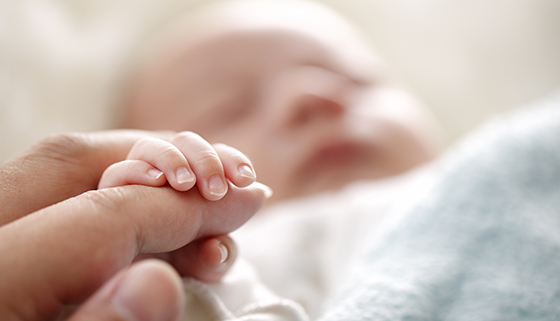Venous Ulcers
Ulcers are open skin sores. They can affect any area of the skin. But they most often occur on the legs. Venous ulcers are leg ulcers caused by problems with blood flow (circulation) in your leg veins.
Normally, when you get a cut or scrape, your body's healing process starts working to close the wound. In time, the wound heals. But ulcers may not heal without proper treatment.
Causes of venous ulcers
Venous ulcers most often form around the ankles.
Venous ulcers typically occur because of damage to the valves inside the leg veins. These valves control the blood pressure inside the veins. They allow it to drop when you walk. If the blood pressure inside your leg veins doesn't fall as you're walking, the condition is called sustained venous hypertension. That increase in blood pressure causes ulcers to form on your ankles.
Venous ulcers may also be caused by other problems with your leg veins. These include:
-
Varicose veins. These are large, bulging leg veins. They occur when valves in the leg veins don’t work well, allowing blood to collect (pool) in the lower leg.
-
Chronic venous insufficiency. Like varicose veins, this condition occurs when your leg veins can’t pump blood back up to your heart. Blood then pools in your lower legs, causing your legs to swell. Since the blood can't flow well in your legs, the swelling may be extreme. This extreme swelling can put so much pressure on your skin that venous ulcers form.
Caring for venous ulcers
Venous ulcers need proper care and treatment to prevent infection and to heal. It's important to have any venous ulcers checked right away by your healthcare provider.
Treatment may require focusing on the circulatory or vein problems that are causing the ulcers. Or it may mean removing some tissue around the wound. You may be asked to:
-
Clean the wound regularly
-
Apply a dressing to the ulcer
-
Avoid products that cause skin sensitivity
-
Wear compression stockings to prevent blood from pooling in the legs and to speed healing
-
Apply an antibacterial ointment or another topical medicine to prevent or treat an infection
-
Take oral antibiotic medicines to prevent or treat an infection
-
Have allergy testing done
Wearing a compression wrap to keep blood flowing back up to your heart can also help ulcers heal more quickly. In some cases, surgery or a skin graft is needed to close up the opening in the skin.
Preventing venous ulcers
To prevent venous ulcers, you first need to prevent vein problems. You can do this by having healthy habits that help the blood flow in your legs. These lifestyle changes can improve your circulation and reduce the risk for venous ulcers:
-
Avoid smoking
-
Lose weight if you're overweight or obese
-
Stay at your ideal weight
-
Get plenty of regular exercise
-
Move around often
-
Raise (elevate) your legs for a short time, especially if you've been standing all day
Wearing compression stockings can also help. They can:
-
Prevent blood from pooling in your legs
-
Help you avoid significant swelling
-
Reduce your risk for venous ulcers






